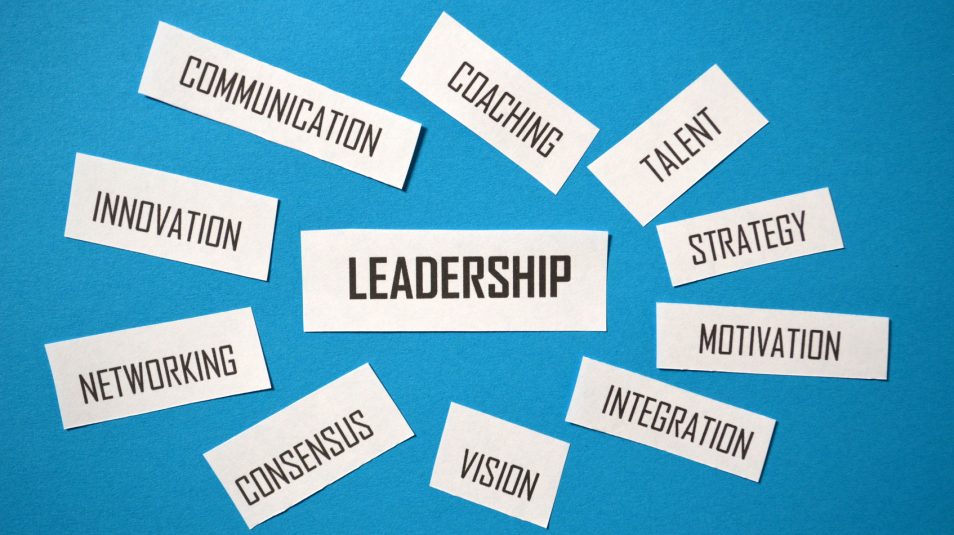Partnership - A Crucible for Innovation

Leadership
September 17, 2015
Chip Bell
Innovative Customer Service Keynote Speaker
Topics
Leadership, Management, partnership, teamsLuca de Meo at Volkswagen AG did it. Ed Catmull at Pixar Animation did it. Larry Page at Google also did it. Realizing the path to innovation would require revolutionary new thinking; all three leaders grasped that it would also take a new way of coalescing and harnessing talent.
Reading Collective Genius, The Innovators, Creativity, Inc. and The Google Guys yields a strong confirmation that the pursuit of innovation might require a partnership approach, not a traditional teamwork style.
Ask twenty people the difference between a team and partnership and you will likely get as many answers. We enjoy watching powerful examples of superb teamwork on the court, field or racetrack pit on weekends and think it must surely be the most effective structure for all manner of results. But, what if a collection of people with complimentary talents focused on an innovation goal actually worked better as a high performance partnership, not as a team? We sometimes use the words synonymously but there are fundamental differences.
A team is focused on accomplishing a mutual purpose and uses an effective relationship as a tool for achieving it. A partnership is focused on creating a relationship context from which all manner of outcomes can be accomplished. Among a team the task is preeminent; however, relationship distinguishes a partnership.
Stated differently, the task focus of a team might be so compelling that even a less-than-superior team could produce superior performance (see the movie Hoosiers for an example of high performance teamwork). In a partnership, excellence cannot be sustained without a superior relationship of diverse strengths (see any movie about Sherlock Holmes and Dr. Watson for an example of a high performance partnership).
Sourcing Innovation Collaboratively
Innovation is far more likely to happen when leaders create and nurture a flexible ecosystem. Luca de Meo, as head of marketing at Volkswagen AG, created a series of two-day events called Marketing Works! which were solely aimed at creating a strong collaboration ethic and served as a chance for assembling people from all over the world who had deep histories of working separately or in the fashion of a linear fire brigade. The objective was to create deep respect, trust, and an egalitarian community for sustaining innovation.
The standard of interpersonal depth is different in teams than in partnerships. In a partnership the members are expected to BE something as well as DO something distinctive. Partners are more like soul mates, not just work mates. Thus, for partnerships, core values are as critical as talents; unswerving character is as important as competence.
Teams can be superficially interested in being only as a measure of the result, not as a culture. When teams say, “We want to be/are the best,” it is generally a recognition of an externally conferred designation, a championship status they are either striving for or have attained. When partners say, “We are compassionate,” it is acknowledgment of a cultural linkage only the partners can affirm, one anchored in their own connection of values. It is about what they are, not what they do.
The life cycle of a team is more like the cycle of maturity (dependence, counter dependence, independence, interdependence or some might prefer the Blanchard labels—forming, storming, norming and performing). The focus is on abandoning self-ness to achieve the synergy needed for collective high task performance.
The life cycle of a partnership is more like the cycle of courtship (curious, courteous, comfortable, congruous and constant). Relationships that are congruous and constant become sustainable in their excellence. The partnership dynamic is more unfolding, growing and ever evolving. Teams pursue focus, much like a telescope narrows toward precision. Partnerships pursue development, more like a fine wine.
The Power Of A Partner-Leader
Leadership is vital to the effectiveness of a team. Generally, great energy is devoted to leadership enlistment; getting associates to accept, value and respond to followership induction aimed at subordination to a mutual purpose. Even in leaderless or self-directed teams - those groupings aimed at operating without the formal identification of authority - a sort of pack mentality encourages the emergence of a leader.
In partnerships, followership is less person-centered and more the quest for ego-less collaboration. Google Co-Founder and CEO Larry Page said:
“If you can run the company a bit more collaboratively, you get a better result, because you have more bandwidth and checking and balancing going on.”
Leaders of partnerships become servants to the confederation. Pixar President Ed Catmull said it well, referring to managers in the context of partnership:
“I believe the best managers acknowledge and make room for what they do not know - not just because humility is a virtue, but because until one adopts that mindset, the most striking breakthroughs cannot occur. I believe that managers must loosen the controls, not tighten them. They must accept risk; they must trust the people they work with and strive to clear the path for them; and always, they must pay attention to and engage with anything that creates fear. Moreover, successful leaders embrace the reality that their models may be wrong or incomplete. Only when we admit what we don’t know can we ever hope to learn it.”







This is a very interesting approach. There is, indeed, a huge difference between partnership and team. Once you fully understand their meanings, you are ready to make the best decisions for the company.
I admire the way you have delineated the power of partnerships and explained the nuances that make them unique from teams. “A team is focused on accomplishing a mutual purpose and uses an effective relationship as a tool for achieving it. A partnership is focused on creating a relationship …” and “In a partnership, excellence cannot be sustained without a superior relationship of diverse strengths …”
I have always loved teamwork. I still do, but if I were to seek a collaborative project today, I would rather go for the partnership than the team.
Hi, Chip – fascinating post.
I really appreciate the difference you draw between teamwork and partnership, especially as it relates to expressions of culture and collaboration.
Interesting how a simple change in perception can be so impacting:)
John